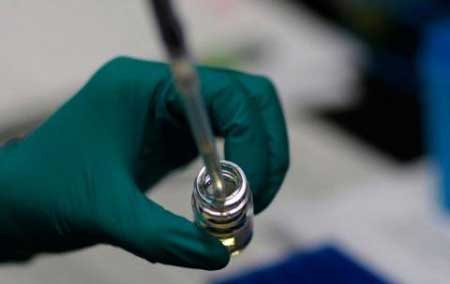An Australian scientist said he had discovered how to turn the HIV virus against itself to stop it progressing to AIDS, describing it as a major breakthrough in finding a cure for the disease.

|
| File picture. An Australian scientist said he had discovered how to turn the HIV virus against itself to stop it progressing to AIDS, describing it as a major breakthrough in finding a cure for the disease. |
David Harrich, from the Queensland Institute of Medical Research, said he had successfully modified a protein in HIV that the virus needed to replicate and instead made it inhibit virus growth.
"I have never seen anything like it. The modified protein works every time," said Harrich.
"If this research continues down its strong path, and bear in mind there are many hurdles to clear, we're looking at a cure for AIDS."
Harrich said the modified protein, which he had named Nullbasic, had shown a "remarkable" ability to arrest HIV growth in a lab environment and could have exciting implications both in curbing AIDS and treating existing HIV sufferers.
He described it as "fighting fire with fire".
"The virus might infect a cell but it wouldn't spread," said Harrich of his study, published in the latest edition of the journal Human Gene Therapy.
"You would still be infected with HIV, it's not a cure for the virus, but the virus would stay latent, it wouldn't wake up, so it wouldn't develop into AIDS," he added.
"With a treatment like this, you would maintain a healthy immune system."
The fact that a single protein could be so effective could spell an end to onerous multiple drug regimes for HIV patients, he added, meaning better quality of life and lower costs to individuals and governments.
"In that respect, this is a world-first agent that's able to stop HIV with a single agent at multiple steps of the virus lifecycle," Harrich told ABC Radio.
"You either have to eliminate the virus infection or alternatively you have to eliminate the disease process and that's what this could do, potentially for a very long time."
Animal trials of the protein are due to start this year, with any treatment using it likely to be some years away.
According to the latest UN figures, the number of people infected by HIV worldwide rose to 34 million in 2011 from 33.5 million in 2010.
The vast majority (23.5 million) live in sub-Saharan Africa, with another 4.2 million in South and Southeast Asia.
Source: AFP